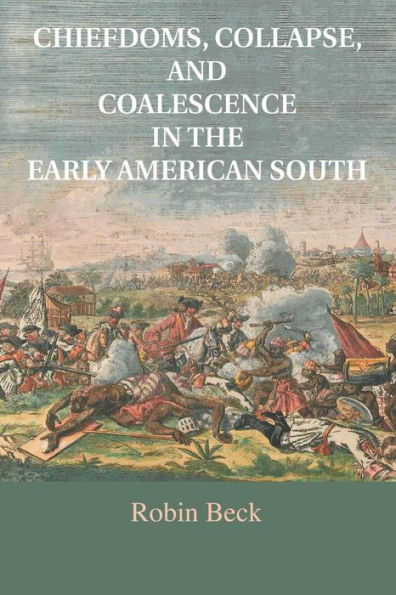5
1
9781316615829



Chiefdoms, Collapse, and Coalescence in the Early American South available in Hardcover, Paperback, eBook

Chiefdoms, Collapse, and Coalescence in the Early American South
- ISBN-10:
- 1316615820
- ISBN-13:
- 9781316615829
- Pub. Date:
- 03/29/2018
- Publisher:
- Cambridge University Press
- ISBN-10:
- 1316615820
- ISBN-13:
- 9781316615829
- Pub. Date:
- 03/29/2018
- Publisher:
- Cambridge University Press

Chiefdoms, Collapse, and Coalescence in the Early American South
$41.99
41.99
In Stock

Product Details
| ISBN-13: | 9781316615829 |
|---|---|
| Publisher: | Cambridge University Press |
| Publication date: | 03/29/2018 |
| Edition description: | Reprint |
| Pages: | 320 |
| Product dimensions: | 6.02(w) x 9.06(h) x 0.79(d) |
About the Author
From the B&N Reads Blog
